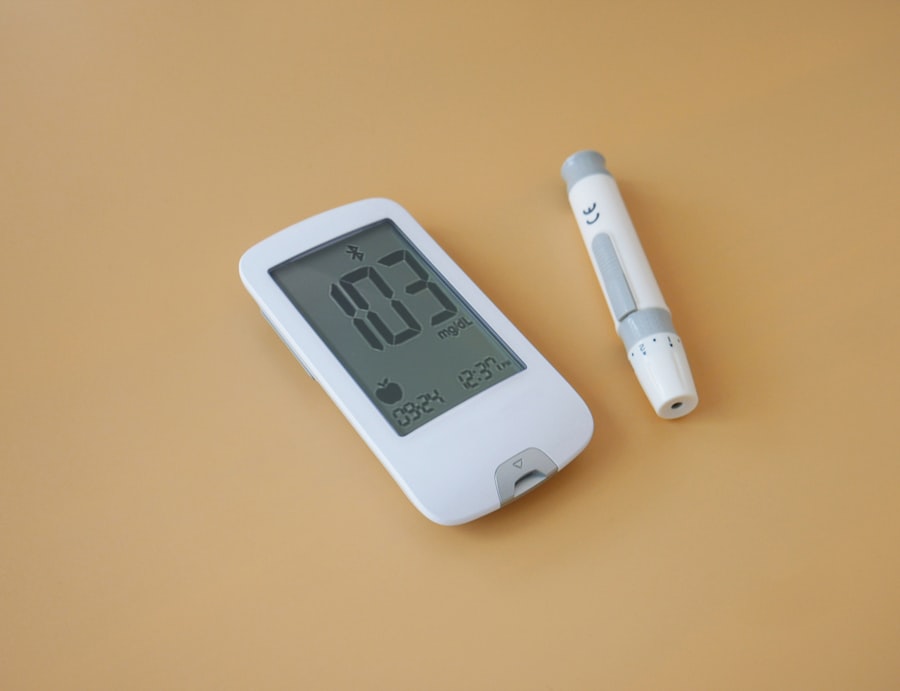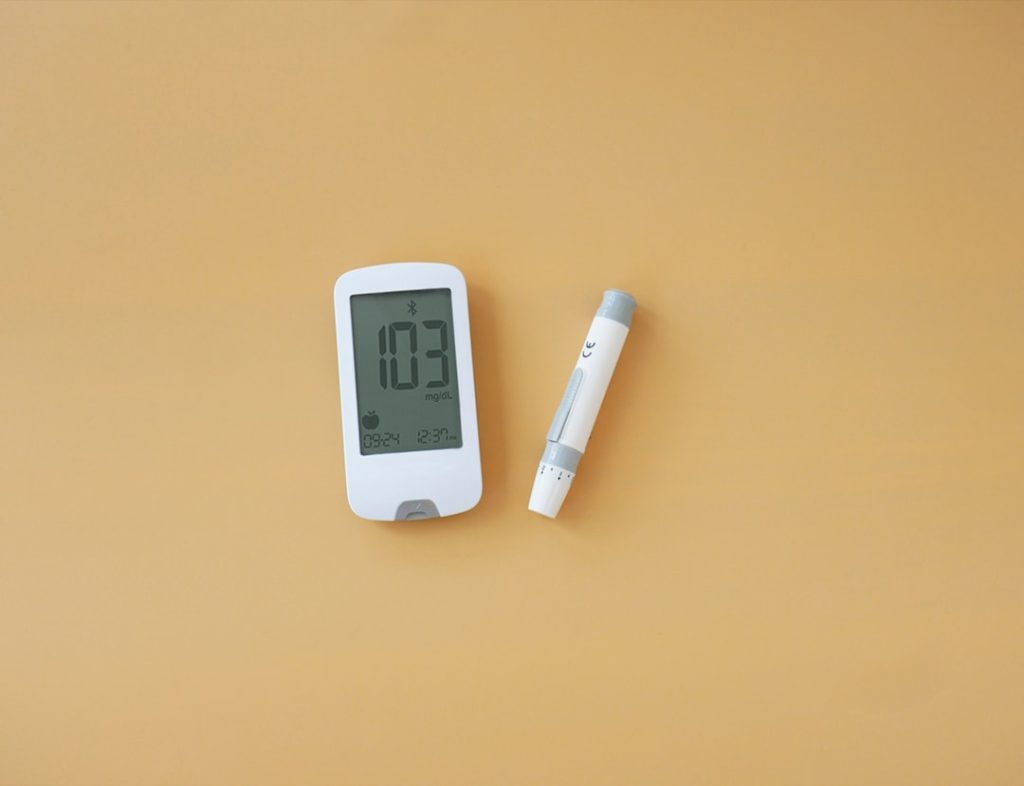As you navigate through your daily life, you may not always consider the subtle yet significant ways in which weather can influence your health, particularly your blood sugar levels. For those managing diabetes or prediabetes, understanding the relationship between weather conditions and blood sugar is crucial. Weather can affect your body’s metabolism, insulin sensitivity, and even your motivation to engage in physical activity—all of which play a vital role in maintaining stable blood sugar levels.
By recognizing these connections, you can better prepare for fluctuations and make informed decisions about your health. The interplay between weather and blood sugar levels is complex and multifaceted. Factors such as temperature, humidity, and seasonal changes can all contribute to variations in how your body processes glucose.
For instance, extreme heat or cold can alter your body’s physiological responses, impacting insulin production and glucose utilization. Additionally, changes in weather can influence your lifestyle choices, such as diet and exercise, which are critical components of blood sugar management. By delving deeper into these aspects, you can gain valuable insights into how to maintain optimal blood sugar levels throughout the year.
The Impact of Heat on Blood Sugar Levels
When the temperature rises, your body undergoes various physiological changes that can affect your blood sugar levels. Heat can lead to increased perspiration, which may cause dehydration if you’re not careful. Dehydration can result in higher blood sugar levels because it concentrates glucose in the bloodstream.
As you sweat more, your body may also require more insulin to manage glucose effectively. This means that if you’re not vigilant about hydration and insulin management during hot weather, you could experience spikes in your blood sugar levels. Moreover, heat can impact your appetite and food choices.
In warmer months, you might find yourself gravitating toward lighter meals or refreshing snacks like fruits and salads. While these choices can be beneficial for blood sugar control, it’s essential to be mindful of portion sizes and carbohydrate content. Additionally, the heat may deter you from engaging in physical activities that help regulate blood sugar levels.
If you find it challenging to exercise outdoors due to high temperatures, consider alternative indoor workouts that keep you active without compromising your health.
The Effect of Cold Weather on Blood Sugar Levels

Cold weather presents its own set of challenges when it comes to managing blood sugar levels. As temperatures drop, your body works harder to maintain its core temperature, which can lead to increased insulin resistance. This means that your body may not respond as effectively to insulin, resulting in higher blood sugar levels.
Additionally, cold weather often leads to a decrease in physical activity as people tend to stay indoors, which can further exacerbate blood sugar control issues. Furthermore, the winter months often bring about changes in dietary habits. Comfort foods that are higher in carbohydrates and sugars may become more appealing during colder seasons.
While indulging in these foods occasionally is perfectly fine, it’s crucial to remain aware of their impact on your blood sugar levels. You might also find that holiday gatherings and celebrations lead to overindulgence, making it even more important to monitor your intake and adjust your insulin accordingly.
How Humidity Affects Blood Sugar Levels
Humidity is another weather factor that can significantly influence your blood sugar levels. High humidity can lead to discomfort and fatigue, which may affect your motivation to stay active. When you feel sluggish or lethargic due to oppressive humidity, you might be less inclined to engage in physical activities that help regulate blood sugar levels.
This decrease in activity can lead to higher glucose levels over time. Moreover, humidity can also affect how your body responds to insulin. In humid conditions, your body may absorb insulin differently than it would in drier climates.
This variability can make it challenging to predict how your blood sugar will respond after meals or exercise. To combat these effects, it’s essential to stay hydrated and monitor your blood sugar levels closely during humid days. Being proactive about your health will help you navigate the challenges posed by humidity.
Weather-Related Changes in Physical Activity and Blood Sugar Levels
Your level of physical activity is a crucial factor in managing blood sugar levels effectively. Weather conditions can significantly influence how much exercise you get on a daily basis. For instance, during pleasant weather, you may find it easier to go for walks or engage in outdoor sports.
However, when faced with extreme heat or cold, you might be less inclined to venture outside for physical activity. This reduction in exercise can lead to higher blood sugar levels due to decreased glucose utilization by the muscles. Additionally, seasonal changes can impact the types of activities available to you.
In winter months, outdoor activities may be limited due to snow or ice, while summer might offer more opportunities for swimming or hiking. It’s essential to adapt your exercise routine according to the season and weather conditions. Finding indoor alternatives or adjusting your schedule to accommodate favorable weather can help ensure that you remain active year-round, ultimately supporting better blood sugar management.
The Role of Seasonal Changes in Blood Sugar Levels

Seasonal changes bring about various shifts in lifestyle that can affect your blood sugar levels. For example, spring and summer often encourage a more active lifestyle with longer daylight hours and warmer temperatures. You may find yourself spending more time outdoors, participating in sports or gardening—activities that promote physical fitness and help regulate blood sugar levels.
The abundance of fresh fruits and vegetables during these seasons also provides healthier dietary options that can support better glucose control. Conversely, fall and winter months may lead to a more sedentary lifestyle as the days grow shorter and temperatures drop. The holiday season often brings an array of festive foods that are high in sugars and carbohydrates, making it easy to overindulge.
Additionally, the colder months may lead to cravings for comfort foods that are not always the healthiest choices. Being aware of these seasonal influences allows you to plan ahead and make conscious decisions about your diet and activity levels throughout the year.
Tips for Managing Blood Sugar Levels in Different Weather Conditions
To effectively manage your blood sugar levels regardless of the weather conditions, consider implementing a few practical strategies. First and foremost, stay hydrated—especially during hot weather—by drinking plenty of water throughout the day. Dehydration can lead to elevated blood sugar levels, so keeping a water bottle handy can serve as a helpful reminder to drink regularly.
In colder months, focus on maintaining an active lifestyle by finding indoor exercise options that suit your preferences. Whether it’s joining a gym or participating in online workout classes at home, staying active is essential for regulating blood sugar levels during winter months. Additionally, be mindful of your food choices during the holiday season; opt for healthier alternatives when possible and practice portion control.
Lastly, keep a close eye on how different weather conditions affect your body’s response to insulin and glucose levels. Regularly monitoring your blood sugar will help you identify patterns related to temperature and humidity changes. This awareness will empower you to make informed decisions about diet and exercise tailored to the current weather conditions.
Conclusion and Summary of Weather’s Influence on Blood Sugar Levels
In conclusion, understanding the influence of weather on blood sugar levels is vital for anyone managing diabetes or prediabetes. From the effects of heat and cold on insulin sensitivity to the impact of humidity on physical activity motivation, each weather condition presents unique challenges that require careful consideration. By being aware of these factors and implementing effective management strategies, you can maintain better control over your blood sugar levels throughout the year.
As you navigate through different seasons and weather patterns, remember that staying proactive is key. Hydration, regular monitoring of blood sugar levels, and adapting your physical activity routine are all essential components of effective management. By taking these steps, you empower yourself to face the challenges posed by changing weather conditions while prioritizing your health and well-being.
